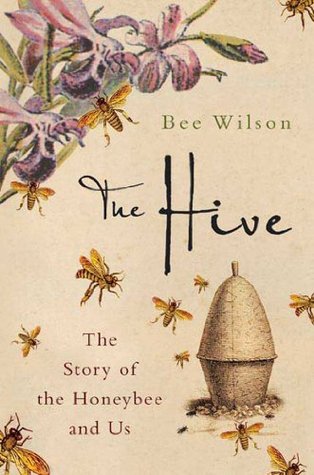While their enclosure of rotting oxen was a ‘preposterous’ way to go about obtaining bees, it was a ‘perfectly rational’ way to produce an altogether different insect, the Eristalis tenax. This insect, commonly called the drone-fly, lays its eggs on putrescent animals and, crucially, looks remarkably like a honeybee in colour, shape and ‘hairy clothing’, the main difference being that it has only two wings to the honeybee’s four.
Additionally, the Drone Fly has a large set of round compound eyes, whereas the honey bee has angular eyes set into a triangular face.
These flies are present in tremendous numbers on the dairy farm I work at, and I can easily believe they come from dead bovines (or their other leavings).


